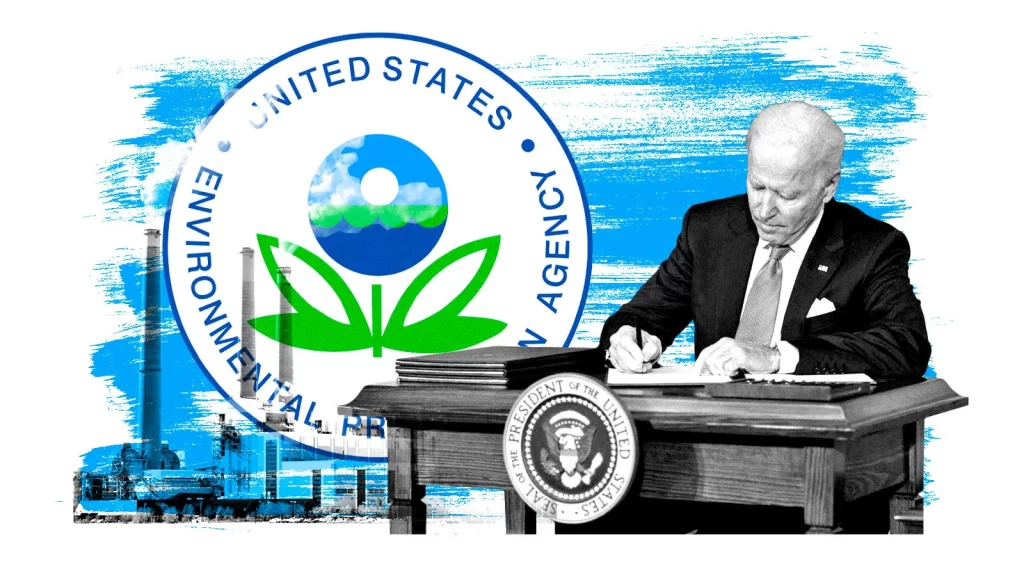The U.S. Environmental Protection Agency (EPA) has made a significant advancement in environmental and public health protection by finalizing a rule aimed at diminishing the presence of hazardous air pollutants emitted by chemical plants.
This landmark regulation is designed to curb the release of cancer-causing toxins, particularly focusing on ethylene oxide and chloroprene emissions, while also mandating regular air quality assessments to ensure the safety of communities located near these facilities.
This initiative is particularly crucial as it aligns with President Joe Biden’s administration’s dual objectives: enhancing the wellbeing of pollution-burdened communities and propelling forward his ambitious endeavor to conquer cancer.
The directive is poised to impact approximately 200 chemical plants, predominantly situated in the Gulf Coast region—a zone notorious for its dense concentration of petrochemical manufacturers.
These areas have been identified for their alarmingly high cancer incidence rates among residents, attributed to the operations of these industrial entities.
The EPA’s projections are promising, forecasting a drastic reduction in toxic emissions by nearly 80%, signaling a monumental shift towards healthier air quality.
This move is a part of a broader effort by the EPA to clamp down on environmental offenders, illustrated by its 2022 legal action against Denka, a neoprene manufacturing company, for its excessive chloroprene emissions in LaPlace, Louisiana.
Despite pushback from Denka, which accused the EPA of exceeding its jurisdiction, the agency remains steadfast in its commitment to environmental stewardship and public health.
EPA Administrator Michael Regan articulated the agency’s dedication to addressing pollution-related grievances and safeguarding at-risk populations, stating, “We promised to listen to folks that are suffering from pollution and act to protect them.
“Today we deliver on that promise with strong final standards to slash pollution, reduce cancer risk, and ensure cleaner air for nearby communities.”
Beyond ethylene oxide and chloroprene, the rule extends its protective measures to minimize the atmospheric concentration of other hazardous substances, including benzene, 1,3-butadiene, ethylene dichloride, and vinyl chloride.
The anticipated outcomes of these regulatory actions include a significant decrease in cancer risks associated with inhaling toxic air pollutants and a substantial reduction in smog-producing volatile organic compounds, estimated at 23,700 tons annually.
This comprehensive approach marks a pivotal step towards realizing a future where community health and environmental integrity are prioritized and safeguarded.
